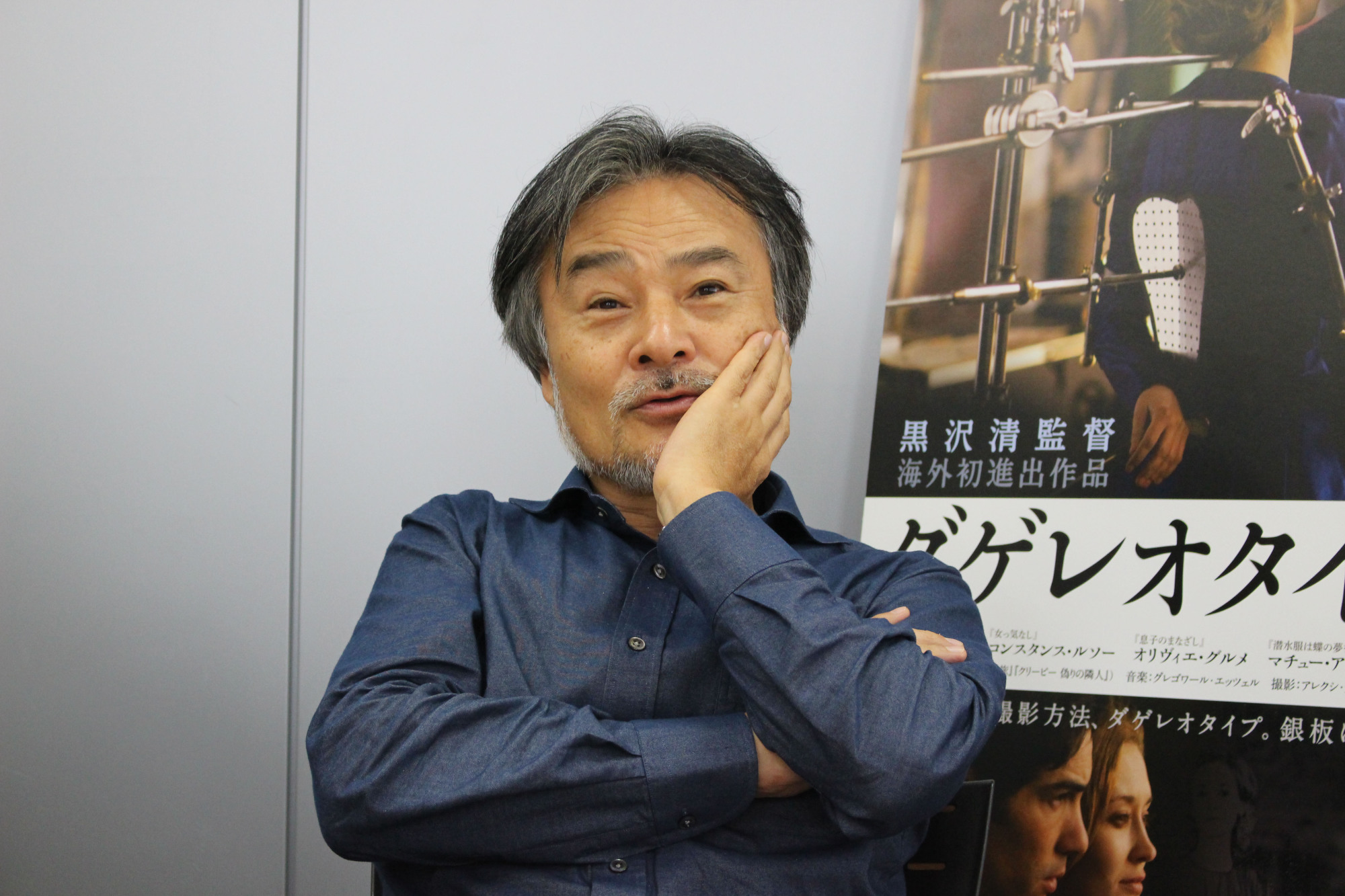Directors who become known as horror specialists often end up making little else, whether by choice or not. Labeled a "horrormeister" for such supremely creepy films as "Cure" (1997) and "Pulse" (Kairo, 2001), Kiyoshi Kurosawa is one director who has successfully expanded beyond the genre with his dark family drama "Tokyo Sonata" (2008), which won the Jury Prize in the Cannes film festival's Un Certain Regard section.
His latest film, "The Woman in the Silver Plate" ("Dagereo Taipu no Onna"), is both a return to horror and a departure from his previous work. It is the first time the director has worked in a foreign country (France) and in a foreign language, but unlike Francophile colleagues Koji Fukada and Masahiro Kobayashi, he has not filmed an homage to French cinema and its masters. Based on his own story and script, "The Woman in the Silver Plate" is completely Kurosawa in every frame.
In "The Woman in the Silver Plate," an assistant (Tahar Rahim) to a modern-day daguerreotype photographer (Olivier Gourmet) falls for the photographer's ethereally lovely daughter Marie (Constance Rousseau) — and their relationship continues after her untimely death. Prior to its premiere at this year's Toronto International Film Festival, The Japan Times spoke with Kurosawa about this most unusual project of his long career.



